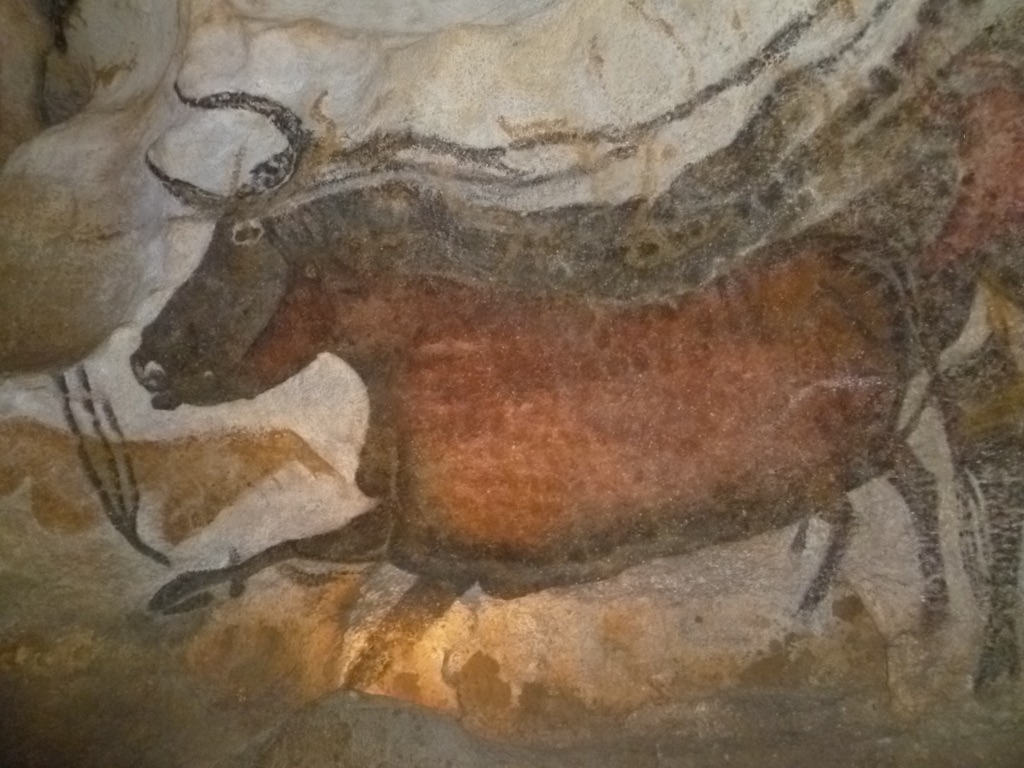The Lascaux Cave, a complex of caves in southwestern France, is famous for its Paleolithic cave paintings. Discovered in 1940 by four teenagers, the cave’s walls are adorned with over 600 paintings and 1,500 engravings that date back to approximately 17,000 years ago. These artworks depict large animals, human figures, and abstract signs, providing a window into the lives and minds of our prehistoric ancestors. The cave is a UNESCO World Heritage site and is considered one of the most significant sites of prehistoric art in the world.
Artwork and Inscriptions

Grotte de Rouffignac
The Grotte de Rouffignac, also known as the Cave of the Hundred Mammoths, is a prehistoric cave located in the Dordogne department in France. Renowned for its Paleolithic cave paintings and carvings, this site is a treasure trove of ancient art. The cave extends over 8 kilometers and contains over 250 engravings and drawings that have been preserved for thousands of years. The artwork predominantly features mammoths, hence the cave’s nickname, but also includes depictions of rhinoceroses, horses, and bison. The Grotte de Rouffignac is part of the UNESCO World Heritage list, recognized for its outstanding contribution to the understanding of prehistoric Europe.
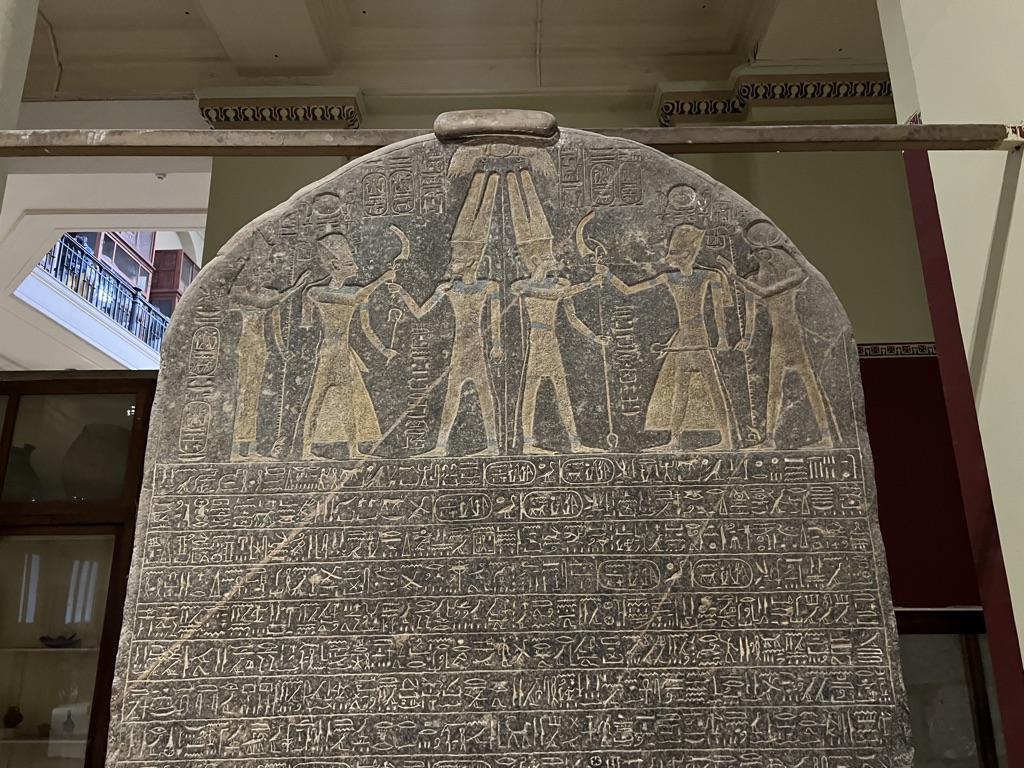
The Merneptah Stele
The Merneptah Stele, also known as the Israel Stele or the Victory Stele of Merneptah, is an ancient Egyptian artifact of significant historical importance. It is a granite slab inscribed with hieroglyphs that commemorate the military victories of Pharaoh Merneptah, who ruled Egypt from 1213 to 1203 BC. The stele is particularly notable for containing the earliest known mention of Israel in a non-biblical source. This mention has made the stele a valuable artifact in the study of ancient Near Eastern history, especially the history of ancient Israel and its neighboring cultures.
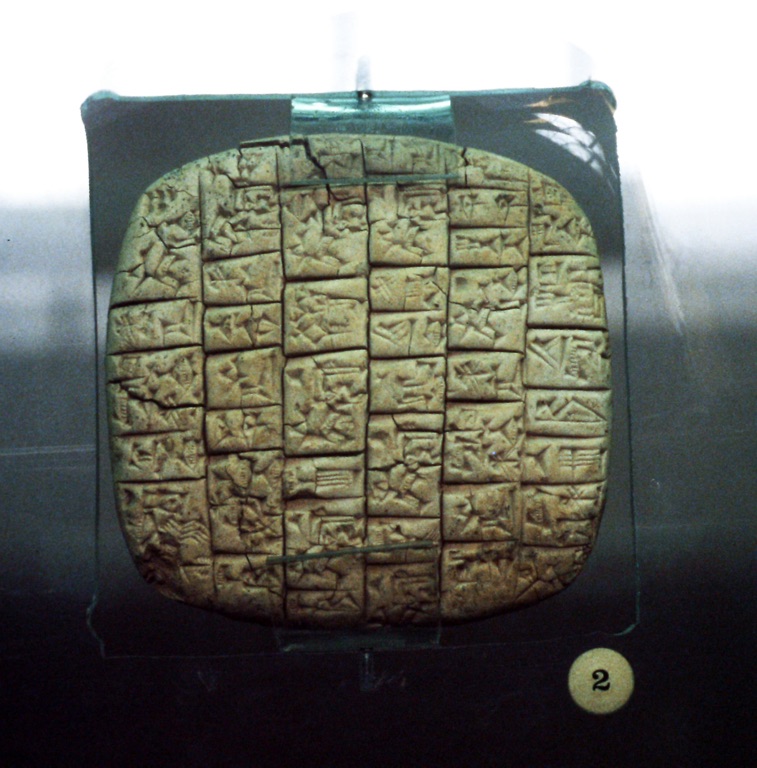
The Ebla Tablets
The Ebla Tablets are a collection of around 20,000 clay tablets discovered in the ancient city of Ebla, Syria. Unearthed in the 1970s, these artifacts date back to around 2500 BC. They provide a wealth of information on the language, culture, economy, and political life of the period. The tablets are especially significant because they contain one of the earliest known scripts, known as Eblaite, and offer insights into Semitic languages. They also mention cities and places, some of which appear in the Bible, thus providing a historical context to ancient Near Eastern civilizations.
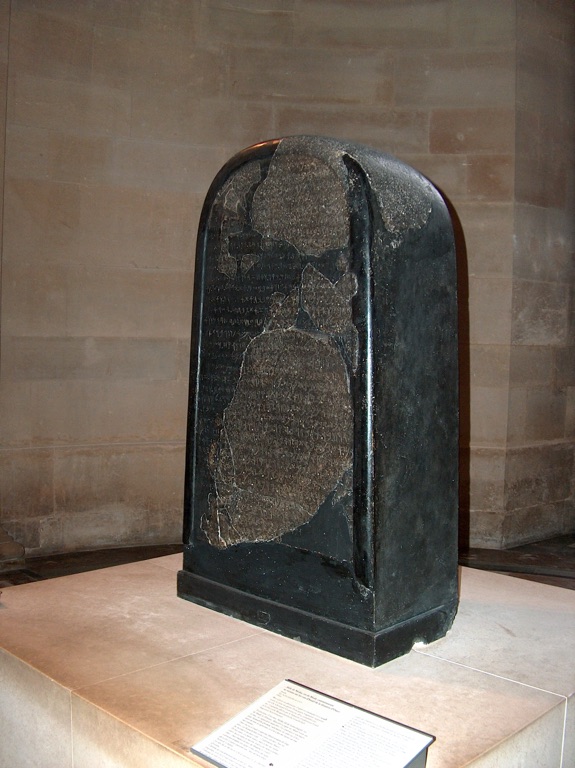
The Mesha Stele (Moabite Stone)
The Mesha Stele, also known as the Moabite Stone, is a significant archaeological find from the ancient Near East. Discovered in 1868, it is an inscribed stone erected by King Mesha of Moab in the 9th century BCE. The stele boasts of Mesha’s victories over the Israelites and his building projects. It is particularly famous for its mention of the “House of David,” providing one of the few extrabiblical references to the Davidic dynasty. The artifact is a crucial source for the study of the Moabite language and the history of the region.
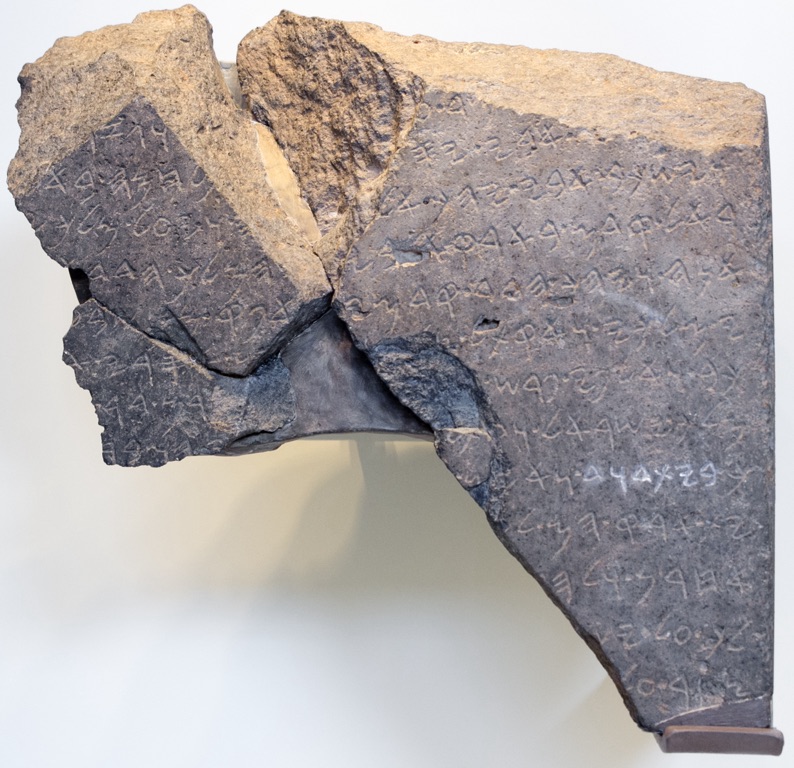
The Tel Dan Stele
The Tel Dan Stele is an ancient basalt stele unearthed in northern Israel’s Tel Dan by archaeologist Avraham Biran. Discovered in 1993 during an excavation, the stele’s inscription is a significant historical find. It dates back to the 9th century BCE and is believed to have been commissioned by a king of Aram-Damascus. The inscription mentions the ‘House of David,’ which is the first historical evidence of King David outside the Bible. This discovery has stirred considerable debate and interest among historians and archaeologists, as it provides material evidence of the biblical narrative.

